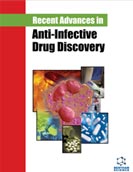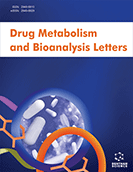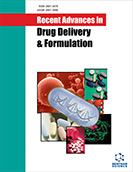Abstract
Quantitative structure-property relationship (QSPR) models have proven to be an effective approach for increasing the efficiency of small molecule drug discovery and development processes. Despite their importance to drug discovery, difficulties remain in the appropriate selection and weighting of descriptors, determination of appropriate descriptor combinations, and optimization strategies that can increase the value of QSPR models. Here we review the utility of some of the more popular applications of computational intelligence to QSPR modeling including: artificial neural networks, fuzzy logic, and evolutionary computing.
Keywords: Computational intelligence, evolutionary algorithms, artificial neural networks, fuzzy logic, machine learning, support vector machines, QSPR, ADME-tox, high-throughput screening, virtual screening
About this chapter
Cite this chapter as:
David Hecht, Gary B. Fogel ;Computational Intelligence Methods for ADMET Prediction, Frontiers in Drug Design and Discovery (2009) 4: 351. https://doi.org/10.2174/978160805202810904010351
| DOI https://doi.org/10.2174/978160805202810904010351 |
Print ISSN 1574-0889 |
| Publisher Name Bentham Science Publisher |
Online ISSN 2212-1064 |






















